Mastering CRM Troubleshooting: 5 Essential Tips
We’re excited to continue our admin series in which we examine crucial facets of CRM administration. In this episode, we’ll provide you five essential suggestions for efficient troubleshooting, a set of abilities that any CRM administrator has to have.
- Don’t Panic, even if the User is Panicking
- Ask the User for Additional Details
- Review the User-Provided Information
- Reproduce the Issue with Precision
- Determining the Solution to the Issue
Don’t Panic, Even if the User is Panicking
The first piece of advice is straightforward but invaluable: keep your cool even when users are panicking. Users frequently overreact to problems, making every issue sound like an emergency. It’s important to control your own panic. Take time to consider the circumstances objectively. While it’s necessary to take customer complaints seriously, it’s also crucial to avoid escalating the level of worry.
Ask the User for Additional Details
The second tip highlights the value of seeking out additional details. Users frequently give hazy descriptions of problems when they report them. Extract as much pertinent data as you can to accurately diagnose and fix the issue. Ask for screenshots, thorough instructions, or even set up screen-sharing sessions. Users should be instructed on the correct reporting of difficulties, and templates should be made for them to use. Important information can also be found by inquiring about the problem’s frequency and timing.
Review the User-Provided Information
After gathering user data, spend some time going through and understanding it completely. Without a thorough understanding, rushing to find a solution can result in fruitless efforts. Before moving on, be sure you grasp the issue completely.
Reproduce the Issue with Precision
Reproducing the issue that was reported is crucial, but it needs to be done correctly. As a system administrator, stay away from duplicating issues with your high level security; instead, keep a dedicated test user account set up exactly like the impacted user. With the same restrictions and permissions, this guarantees accurate reproduction of the issue, assisting in confirming its existence.
Determining the Solution to the Issue
Finding the answer is the last stage, easy right? Use web tools like Google to look up error codes or messages. Ask for help from your internal or professional network of peers. Don’t be afraid to participate in forums and social media sites where professionals frequently offer advice. By asking questions, you can help those who are dealing with similar problems as well as yourself.
Effective troubleshooting is a crucial ability for CRM administrators, and the five key suggestions presented offer helpful direction. Remain composed when users are in a panic, ask for more information to acquire crucial information, carefully evaluate the data the user has provided, and precisely replicate the problem using a special test user account. Finally, after identifying the problem, seek support from peers and use online resources. These procedures enable CRM administrators to efficiently navigate and address problems, assuring the proper running of their CRM systems and eventually assisting in the success of their enterprises.
Next week, we continue our CRM administrator blog series discussing Expert Troubleshooting Tips for Quick Answers.
Check out our CRM Administration podcast series for additional insights!
- Episode 27 – Admin Series, Episode 1: What’s an Admin anyway?
- Episode 28 – Admin Series, Episode 2: What team does your CRM admin belong on?
- Episode 29 – Admin Series, Episode 3: Tips for Troubleshooting
Other CRM administration content:
- Podcast episode: Dynamics administration gets better
- Podcast episode: When should we hire a CRM administrator?
- Blog: Ideal characteristics of Outstanding CRM Administrators
- Blog: Key Markers for Developing the Crucial Role of the CRM Administrator
- Blog: What is a CRM Administrator and Their Responsibilities
